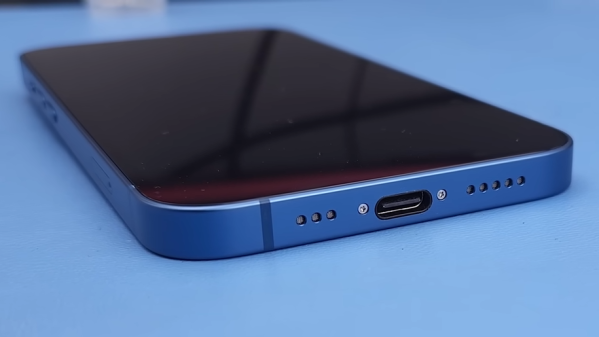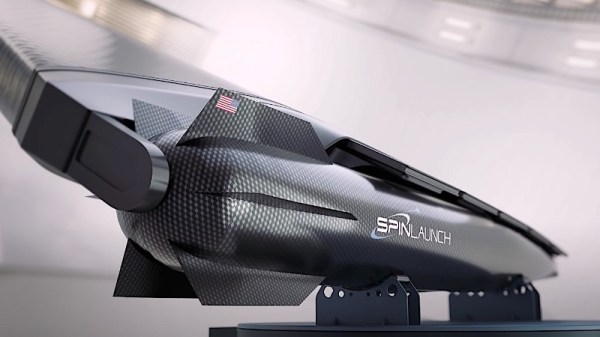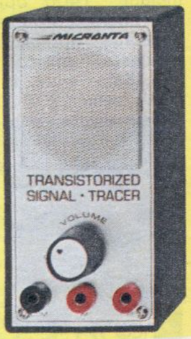[Eaton Zveare] purchased a Jacuzzi hot tub, and splurged for the SmartTub add-on, which connects the whirlpool to the internet so you can control temperature, lights, etc from afar. He didn’t realize he was about to discover a nightmare of security problems. Because as we all know, in IoT, the S stands for security. In this case, the registration email came from smarttub.io, so it was natural to pull up that URL in a web browser to see what was there. The page presented a login prompt, so [Eaton] punched in the credentials he had just generated. “Unauthorized” Well that’s not surprising, but what was very odd was the flash of a dashboard that appeared just before the authorization complaint. Could that have been real data that was unintentionally sent? A screen recorder answered that question, revealing that there was indeed a table loaded up with valid-looking data.
Digging around in the page’s JavaScript comes up with the login flow. The page uses the Auth0 service to handle logins, and that service sends back an access token. The page sends that access token right back to the Auth0 service to get user privileges. If the logged in user isn’t an admin, the redirect happens. However, we already know that some real data gets loaded. It appears that the limitations to data is all implemented on the client side, and the backend only requires a valid access token for data requests. What would happen if the response from Auth0 were modified? There are a few approaches to accomplish this, but he opted to use Fiddler. Rewrite the response so the front-end believes you’re an admin, and you’re in.
This approach seems to gain admin access to all of the SmartTub admin controls, though [Eaton] didn’t try actually making changes to see if he had write access, too. This was enough to demonstrate the flaw, and making changes would be flirting with that dangerous line that separates research from computer crime. The real problem started when he tried to disclose the vulnerability. SmartTub didn’t have a security contact, but an email to their support email address did elicit a reply asking for details. And after details were supplied, complete radio silence. Exasperated, he finally turned to Auth0, asking them to intervene. Their solution was to pull the plug on one of the two URL endpoints. Finally, after six months of trying to inform Jacuzzi and SmartTub of their severe security issues, both admin portals were secured.
Continue reading “This Week In Security: IoT In The Hot Tub, App Double Fail, And FreeBSD BadBeacon” →




















